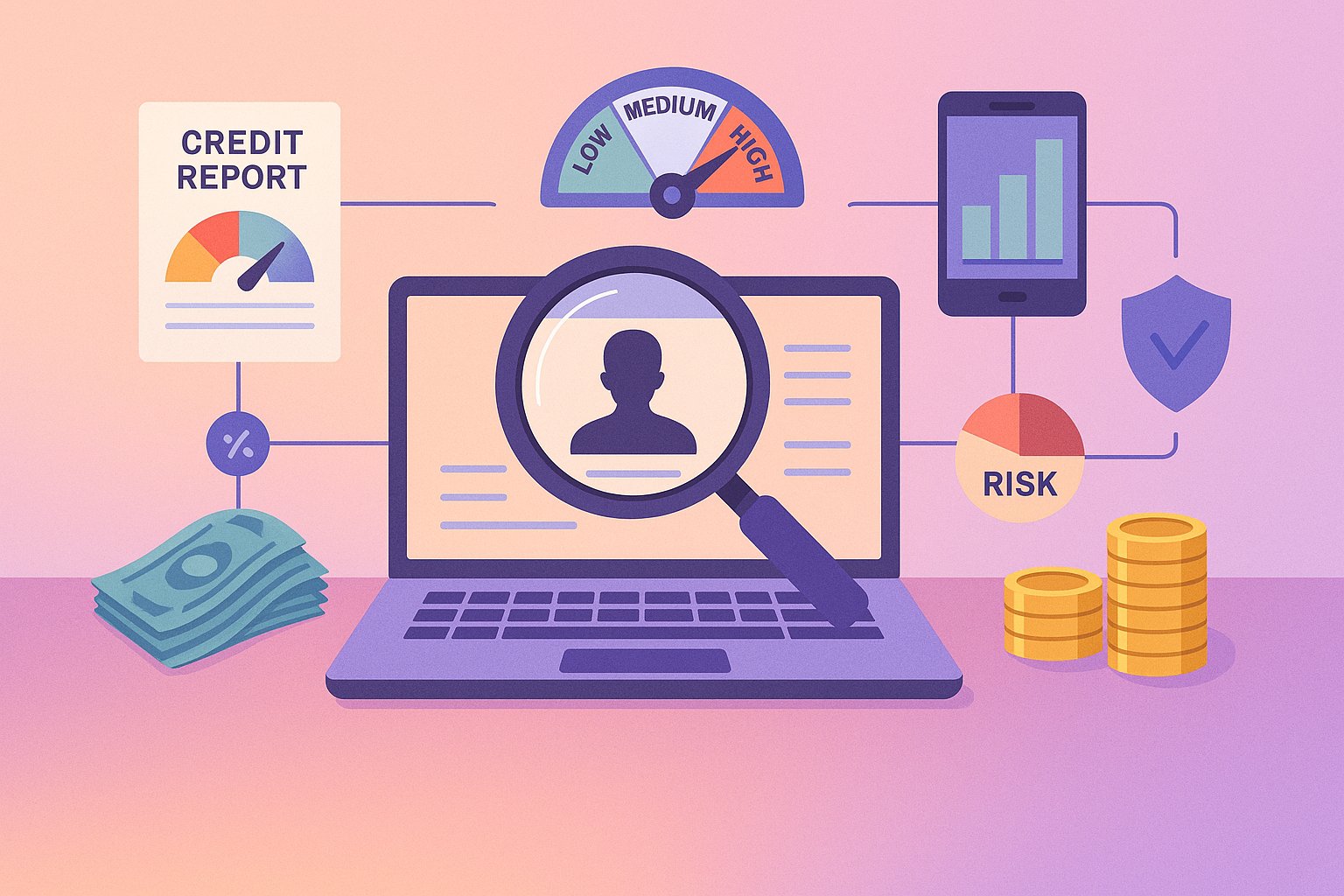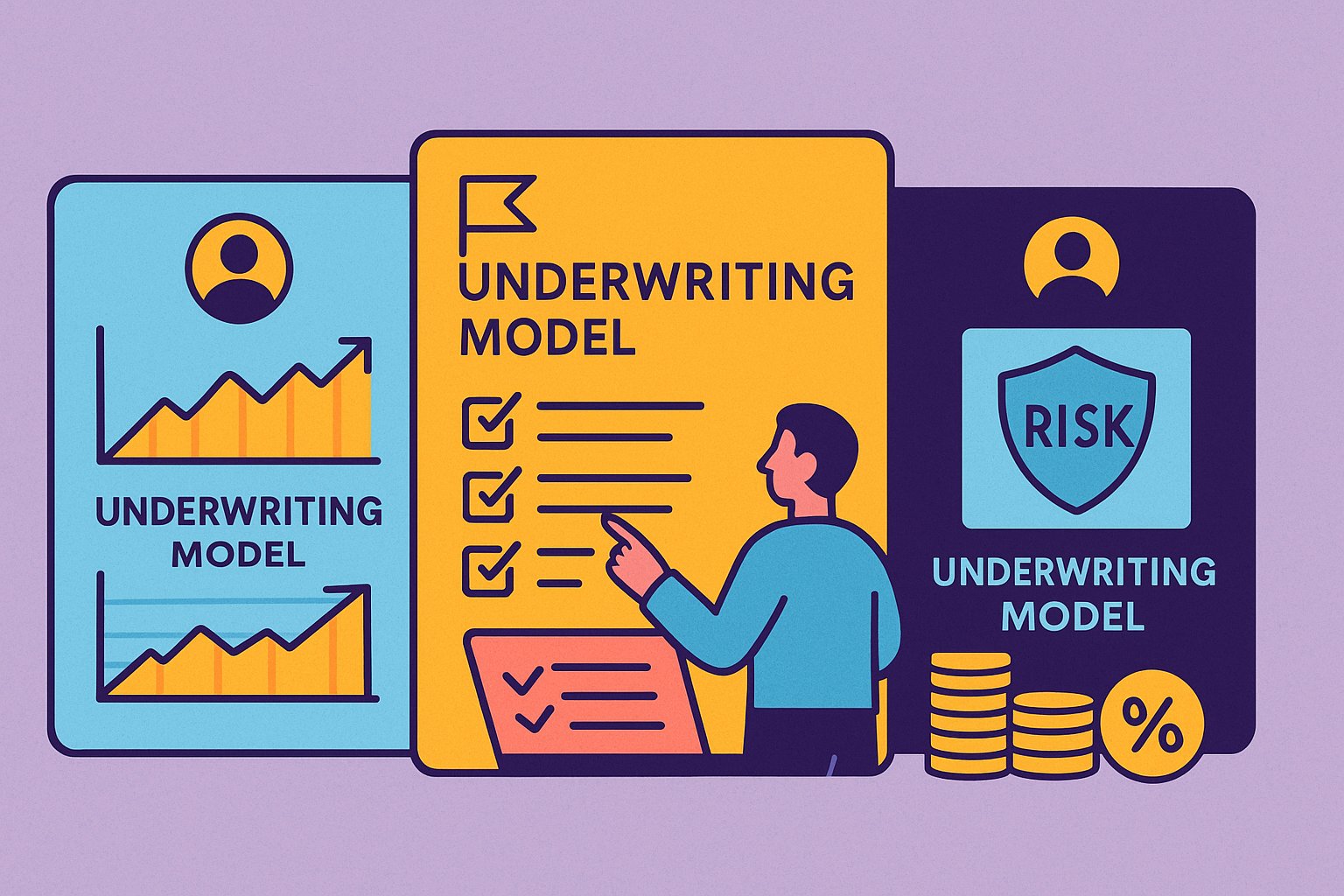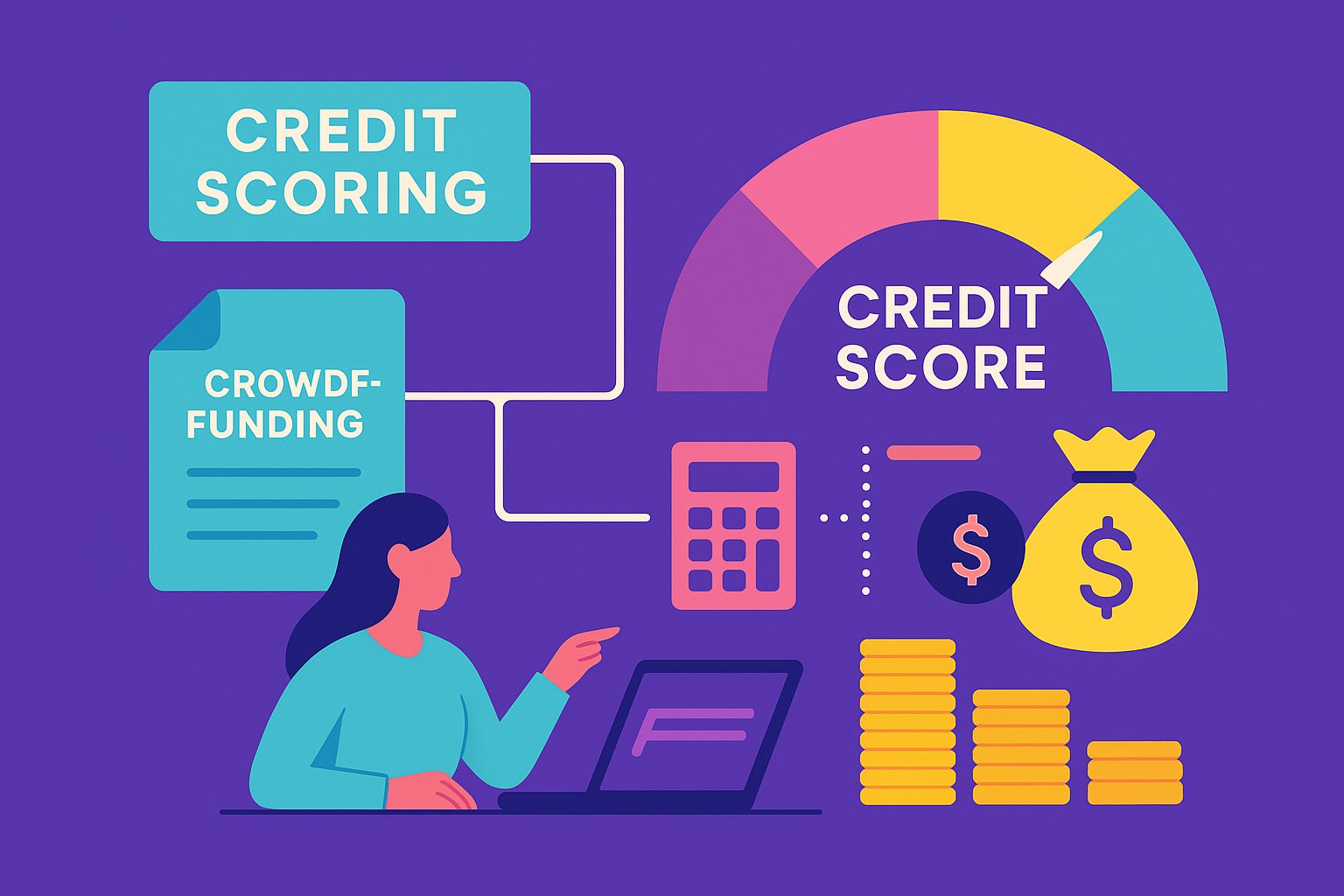Diving into the Heart of Risk Assessment
Debt crowdfunding platforms have democratized access to capital, allowing individuals and small businesses to secure loans directly from a pool of investors instead of traditional banks. Yet, the success of these platforms hinges on accurately evaluating borrower risk to protect investors and ensure sustainable operations. By analyzing financial data, credit histories, and alternative indicators, platforms construct a multi-dimensional portrait of each borrower. This process not only influences the interest rates and loan terms offered but also affects overall investor confidence. In this exploration, we uncover the methodologies that debt crowdfunding platforms use to gauge borrower risk, revealing the data points, algorithms, and strategic considerations that underlie modern credit evaluation.
Foundations of Creditworthiness: Traditional Metrics
At the core of every debt crowdfunding risk assessment are traditional credit metrics—credit scores, payment histories, and debt-to-income ratios. Platforms typically begin by accessing a borrower’s credit report from major bureaus such as Experian, TransUnion, or Equifax. This report provides insight into past on-time payments, late payments, and any existing delinquencies or bankruptcies. Credit utilization—the ratio of outstanding balances to credit limits—serves as a barometer for financial discipline. A low utilization rate generally indicates that a borrower manages credit responsibly, whereas high utilization can signal potential overextension.
Platforms also examine a borrower’s debt-to-income ratio, comparing monthly debt obligations against steady income sources. A balanced ratio suggests that the borrower has sufficient cash flow to cover new loan repayments. Lenders look for a history of stable income—pay stubs, W-2 forms, or, for self-employed individuals, tax returns. By anchoring evaluations in these fundamental metrics, platforms establish an initial risk baseline. However, relying solely on traditional credit data can inadvertently exclude promising borrowers with limited credit histories or those impacted by one-time financial hardships. To address these gaps, many platforms layer on alternative data and proprietary scoring models.
Beyond Credit Scores: Alternative Data Integration
Debt crowdfunding platforms increasingly harness alternative data to bolster their understanding of borrower reliability. This approach broadens access for those with thin or nontraditional credit files. One common alternative data source is bank account transaction history, which reveals real-time cash flow patterns. By analyzing deposits, recurring bills, and discretionary spending, platforms can detect whether a borrower maintains steady financial behavior. Rental payment histories—often unreported to credit bureaus—also serve as a valuable indicator; consistent rent payments illustrate a borrower’s commitment to on-time obligations.
Employment stability and professional background feed into the assessment as well. Platforms may evaluate the length of tenure at a given job, shifts in income levels, and even industry-specific risks. For instance, borrowers employed in sectors prone to cyclical downturns might face slightly higher risk classifications. Some platforms also examine utility payment records and telecom bills, since these payments tend to be more frequent and can highlight short-term liquidity challenges. By weaving these disparate data strands together, platforms develop a more granular view of a borrower’s capacity to repay, particularly when traditional credit scores alone may not tell the full story.
Platform-Specific Scoring Models: A Comparative Look
Every debt crowdfunding platform implements its own proprietary scoring model—or adapts an existing credit model—to differentiate between loan applications. On one end of the spectrum, platforms like LendingClub rely heavily on FICO scores, grouping borrowers into letter-based risk tiers ranging from A to G. Each letter conveys a predefined interest rate bracket and projected default probability. Conversely, platforms such as Upstart incorporate additional factors like education level, field of study, and work history to refine risk predictions further. By factoring in academic performance and career trajectories, Upstart’s model can extend credit to applicants who might be underserved by traditional underwriting.
Other lenders, like Prosper, blend bureau-based scores with machine learning algorithms that continuously update risk weights based on new repayment data. This dynamic calibration allows Prosper to adjust borrower risk tiers in near-real time, reflecting recent behavioral shifts such as on-time early payments or slight delinquencies. In each case, the scoring models draw upon unique datasets and predictive analytics to strike a balance between lending inclusivity and capital preservation. By understanding how individual platforms tailor their models, borrowers and investors can align their strategies with the most appropriate risk-reward profiles.
The Influence of Automated Decision Engines
Automation lies at the heart of modern debt crowdfunding underwriting. Once all relevant borrower information—credit reports, income documentation, and alternative data—is uploaded, automated decision engines process this input to return near-instant loan decisions. These engines reduce human bias, expedite the funding timeline, and maintain consistency in risk assessment. Behind the scenes, complex algorithms weigh dozens of variables simultaneously: payment history, credit inquiries, employment longevity, and even geospatial indicators such as regional unemployment rates.
This real-time processing translates to rapid approval or denial decisions. Borrowers typically see loan offers within minutes of submitting an application. For investors, automated decisioning fosters transparency: each loan listing displays a risk grade, projected default probability, and corresponding interest rate. Nevertheless, some platforms retain human underwriters for certain edge cases—borrowers with unusual income sources or those applying for unusually large loan amounts. These hybrid systems ensure that complex or borderline applications receive the nuanced assessment that only human expertise can provide. Ultimately, automated engines handle the bulk of standard loan requests, delivering a seamless, scalable underwriting process that underpins the entire debt crowdfunding ecosystem.
Dissecting Interest Rate Tiers and Risk Pricing
Once a borrower’s risk profile is established, platforms translate it into an interest rate tier. Lower-risk borrowers typically receive more favorable rates, reflecting their stronger repayment track records and more stable financial positions. Higher-risk borrowers incur steeper rates to compensate investors for the elevated probability of default. For instance, a borrower classified in a top-tier category may see interest rates as low as 6% to 8%, whereas mid-tier borrowers might face rates in the 10% to 15% range. Those in the lower tiers—often with thin credit histories or moderate delinquencies—could be charged upwards of 18% to 24%.
This stratification serves two purposes: it incentivizes borrowers to improve their credit behaviors and ensures that investors are adequately compensated for taking on additional risk. Some platforms even adjust rates dynamically after a loan is originated. If borrowers demonstrate exceptional repayment behavior—making early or on-time payments for several months—their loan notes may become eligible for lower rates if sold on a secondary market. Conversely, a borrower who misses payments shortly after origination could see their loan’s risk premium spike. By aligning interest rates closely with evolving risk assessments, platforms maintain a fluid marketplace that rewards good credit stewardship and penalizes risky behavior.
Strategies Borrowers Can Adopt to Improve Their Profile
To secure lower rates and broader access, borrowers can proactively enhance the data inputs that feed into risk evaluation engines. The first step is to maintain a strong payment history on all existing obligations—credit cards, auto loans, or mortgages—since timely payments contribute to healthier credit scores. Reducing credit card balances to bring down utilization ratios also sends a positive signal. For those with thin credit records, establishing alternative payment histories—such as consistently paying rent and utilities—can help platforms recognize reliable financial behaviors.
Accuracy and transparency in loan applications are equally important. Borrowers should ensure that their employment information and income documentation are up to date and verifiable. Any discrepancies—such as mismatches between reported income and bank deposits—can raise red flags, leading to higher interest rates or outright denial. In cases where unique financial circumstances exist, crafting a clear narrative can aid underwriters; for example, explaining a temporary period of unemployment followed by a return to stable work helps contextualize past setbacks. By taking these proactive steps, potential borrowers can position themselves competitively within the risk evaluation framework, unlocking lower interest rates and a smoother approval journey.
Technology’s Expanding Role in Risk Evaluation
As data collection and analytics technologies advance, debt crowdfunding platforms are constantly refining their risk models. Artificial intelligence and machine learning algorithms now analyze vast datasets, spotting subtle patterns that human underwriters might miss. For example, some platforms track unusual spending fluctuations—like a sudden increase in discretionary expenses—that may precede repayment difficulties. Others leverage natural language processing to analyze borrowers’ written statements or social media activity, though this remains an emerging practice subject to privacy considerations and regulatory scrutiny.
Blockchain is another frontier for risk evaluation. By recording borrower transactions on an immutable ledger, some startups aim to create a transparent history of financial behavior that could further reduce information asymmetry between borrowers and investors. Smart contracts can automate payment triggers, ensuring that late fees and collections processes proceed seamlessly if a borrower misses a scheduled payment. As these technologies mature, they promise to enhance predictive accuracy, reduce operational costs, and foster greater trust across all stakeholders in the debt crowdfunding ecosystem.
The Impact of Macroeconomic Shifts on Risk Profiles
Risk evaluation does not occur in a vacuum. Broader economic trends—such as rising unemployment, inflationary pressures, or sector-specific downturns—can amplify default probabilities across entire borrower segments. Debt crowdfunding platforms with robust underwriting models integrate real-time economic indicators into their risk scores. For instance, a sudden spike in unemployment claims within a borrower’s industry might trigger a slight upward adjustment in that borrower’s risk tier, reflecting the heightened uncertainty.
During economic expansions, most borrowers maintain stable repayment trajectories, and platforms often tighten risk criteria to manage the influx of applicants. Conversely, in economic contractions, underwriting may become more conservative: platforms raise minimum credit score requirements, narrow accepted debt-to-income ratios, and reduce maximum loan amounts. Investors, in turn, may shift their portfolios towards lower-risk tiers, accepting reduced yields in exchange for greater security. By recognizing the interplay between macroeconomic cycles and individual borrower risk, platforms maintain agility—adapting underwriting protocols to evolving market realities and safeguarding both borrower access and investor capital.
Envisioning the Next Generation of Credit Evaluation
Looking ahead, debt crowdfunding platforms will continue to refine their risk assessment frameworks by incorporating new data sources and refining predictive models. Alternative credit scoring, such as analyzing real-time gig economy earnings or leveraging machine-to-machine payment data, will broaden access for underbanked populations. Advanced AI-driven sentiment analysis could assess borrower reliability based on communication patterns with customer support teams or responses within platform forums. Regulatory developments will also shape the future: as data protection laws evolve, platforms must balance predictive accuracy with borrower privacy, ensuring transparency around how personal data informs risk scores.
Moreover, the growing trend of impact investing will push platforms to factor in environmental, social, and governance (ESG) criteria when evaluating borrower risk. For example, small businesses with strong sustainability practices might earn more favorable loan terms, reflecting their long-term resilience and positive community impact. As these innovative risk factors gain traction, borrowers with socially responsible business models and robust environmental practices could benefit from preferential underwriting. This shift toward holistic credit evaluation signals an exciting era where financial performance, social good, and environmental stewardship converge to redefine borrower risk in debt crowdfunding.
Charting a Path to Responsible Borrowing and Investing
Understanding how debt crowdfunding platforms evaluate borrower risk is more than an academic exercise—it is a practical guide for borrowers seeking the best loan terms and for investors aiming to optimize their portfolios. By familiarizing themselves with the interplay between traditional credit metrics, alternative data, and automated decision engines, stakeholders can navigate the market with confidence. Borrowers who proactively manage their credit profiles and remain transparent in their applications can secure more attractive rates. Investors who decode platform-specific risk grades can allocate capital strategically, balancing yield aspirations against risk tolerance.
As technology continues to transform underwriting protocols, the debt crowdfunding landscape will offer ever-more refined risk assessments, fostering inclusive access to financing while safeguarding investor interests. By staying attuned to these evolving models and adapting strategies accordingly, both borrowers and investors can harness the full potential of debt crowdfunding—turning data-driven risk evaluation into a gateway for sustainable financial growth.




